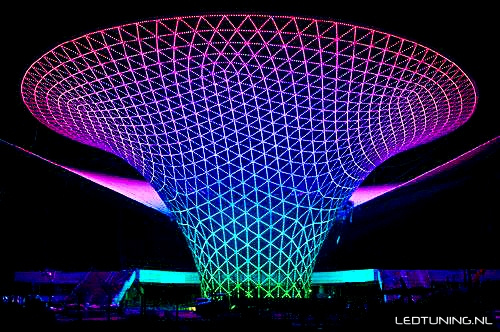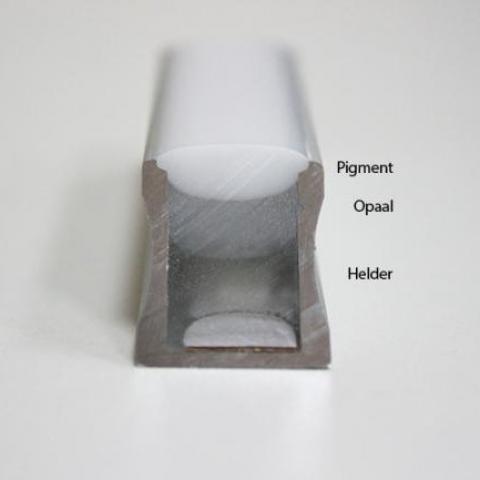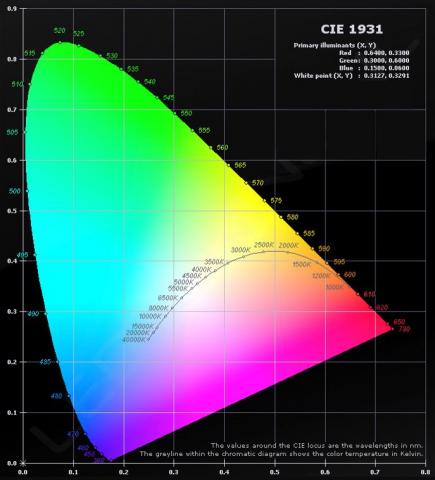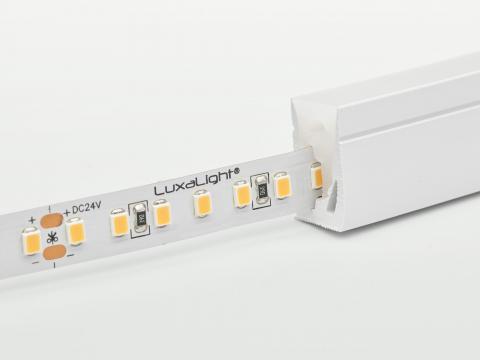Led History
In the middle ages, men used oil lamps for illumination. After that, candles were manufactured from beef suet. In the 19th century the use of petroleum and gas became common.
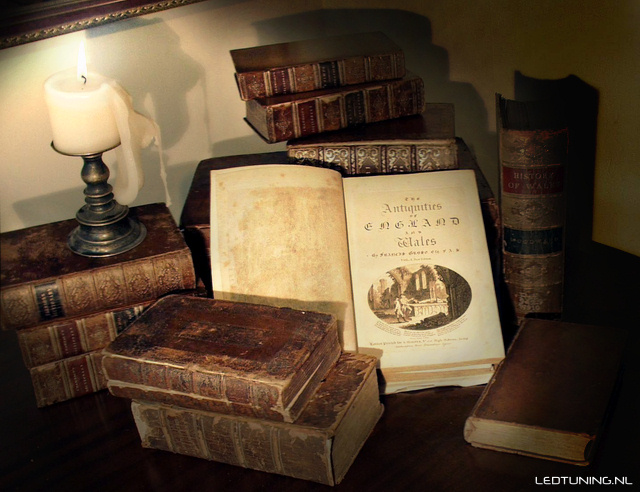
After the first discoveries of electricity, early in the 19th century the flame arc lamp was invented. This is a lamp without vacuum balloon where a flame arc was achieved (when an electric current flows across the both electrodes).
The light was very bright, but keeping it steady was very hard. The light flickered, the crackling lamp also produced fume and gases and the lamps didn’t last long.
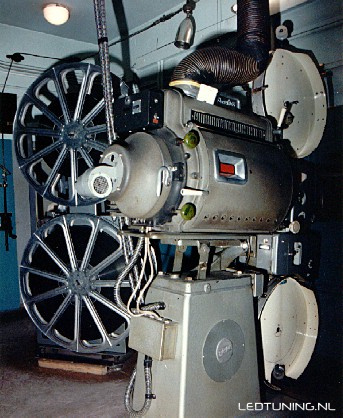
The former movie projectors in cimema’s worked with these flame arc lamps, and one could see the shown pictures flickering.
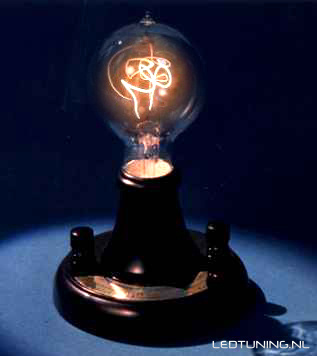
A carbon filament lamp of Thomas Alva Edison (1847-1931)
Briefly afterwards the invention of the bulb follows. Producing the vacuum balloon bulb is quite simple and it does not smoke or fume. The developments of electrical lighting go then faster and faster. This kind of electric light would gradually replace all other forms of illumination.
Relevant historical events in a row:
1600 William Gilbert experimented with both magnetic and friction energy.
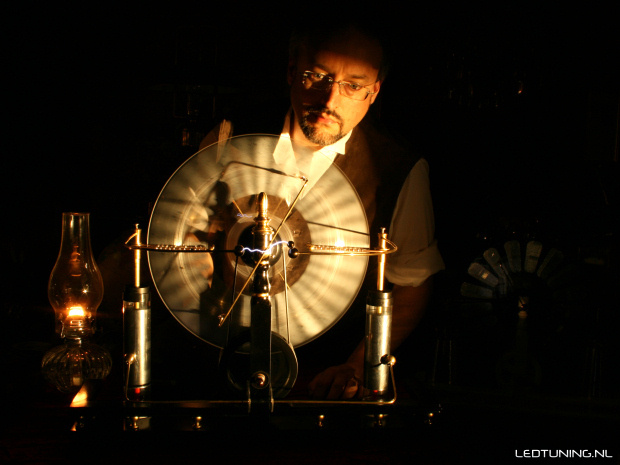
1660 The first made by Otto von Guericke.
1710 The first electrostatic generator made by Francis Hauksbe.
1729 Stephen Gray discovered electric conduction.
1752 Benjamin Franklin studied lightning.
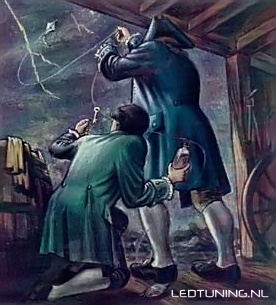
1780 The first generator was made by Alosio Galvani.
1801 The principle of the arc lamp is presented by Sir Humphrey Davy.
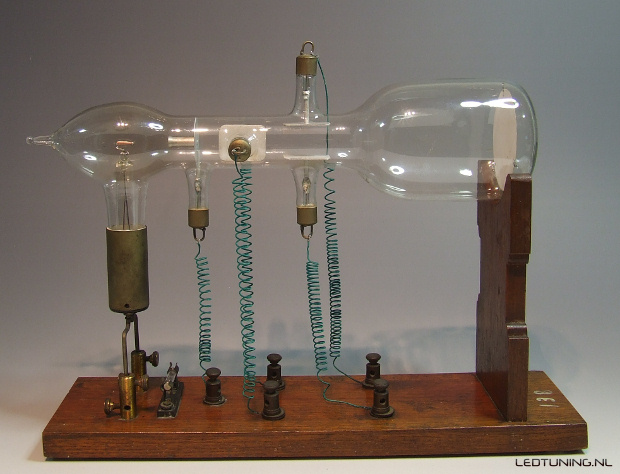
1872 Lamp with carbon wire by Rus Lodygwin.
1879 Thomas Alva Edison made a lamp with spiral platinum wire in a vacuum.
1879 Invention carbon wire lamp with vacuum glass bulb by Thomas Alva Edison.
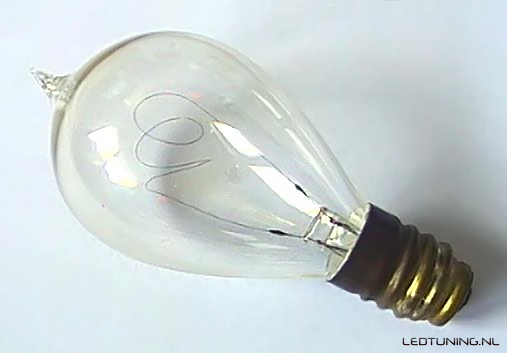
1880 Edison started mass production of lamps with wires made of carbonised bamboo.
1885 The first lamp with a homogeneous carbon wire made by Edward Weston.
1895 Discovery of the X-ray by Wilhelm Conrad Röntgen.
1903 Invention of methods to make tungsten filament lamps by Just, Hanamann.
1904 Invention of the diode (radio lamp) by Sir Ambrose Fleming.
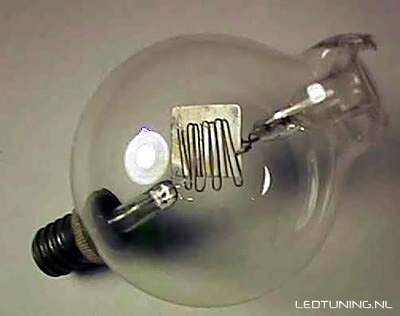
1905 Invention of the bulb with tungsten wire by Hans Kunzen.
1910 Invention of the neon light by Georges Claude.
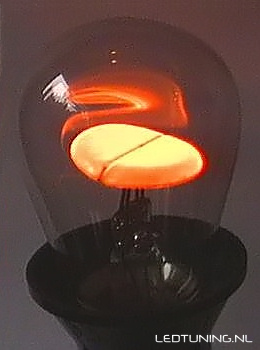
1914 First experiments with the galena detector (crystal diode) for radio recipients.
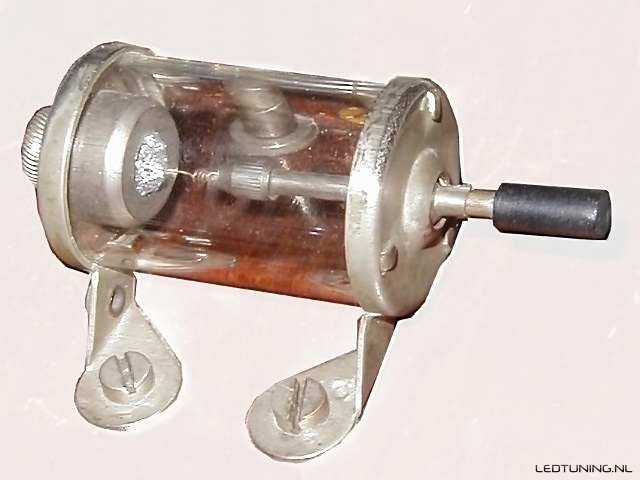
1935 Invention of the high pressure mercury lamp by Edmund Germer.
1936 Invention of the fluorescent lamp by Edmund Germer.
1947 On the 21st of December, Bardeen and Brattain discover the germanium transistor in the American Bell-laboratorium.
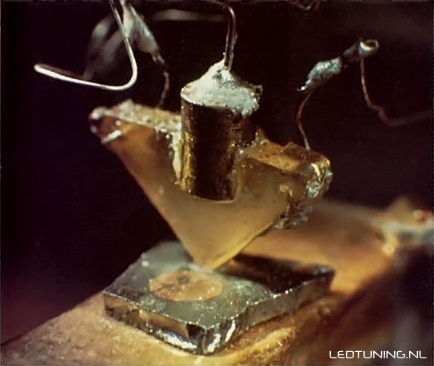
1959 Invention of the halogen lamp by E.G. Zuber en E.A. Mosby.
1962 Invention of the Light Emitting Diode (LED) by Nick Holonyak.
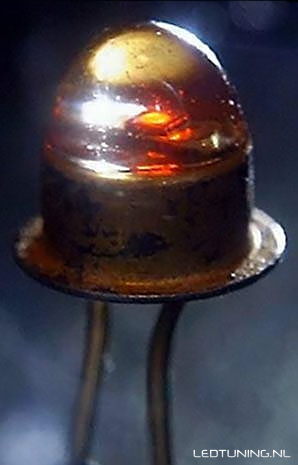
Despite the improvement of the bulb in the course of time, the output is very low because of the filament (about 5%). A very small part of the supplied energy is converted into light, most of the energy becomes heath.
Since the ‘ancient’ techniques to make infra-red, red, orange, yellow and green LED’s, also the development of the LED has made considerable progress. The brightness has been increased considerably and the output is about 5 times that of the bulb. The colours blue, violet and even white are available.
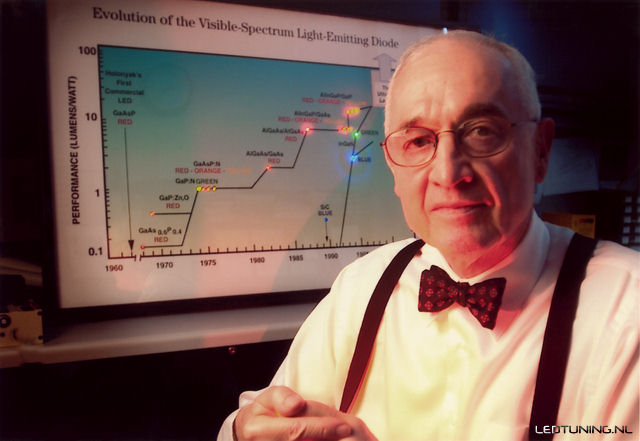
At this moment, there is still a considerable development of the LED. Because of the brightness of the white LED, it can be applied in many cases!
These LED’s will replace the bulb, which we have been using for more than 100 years. Characteristics of LED’s, in comparison with the bulb: small size, a much longer life span, larger brightness and finally they are not made of thin glass and therefore more robust.
They are applied as: indicators on electronic equipment, lights for bicycle and car, traffic lights and dynamic road markers, light pillars, lasers, laser pointers, laser shows, decorative applications, mobile applications, and so on...
